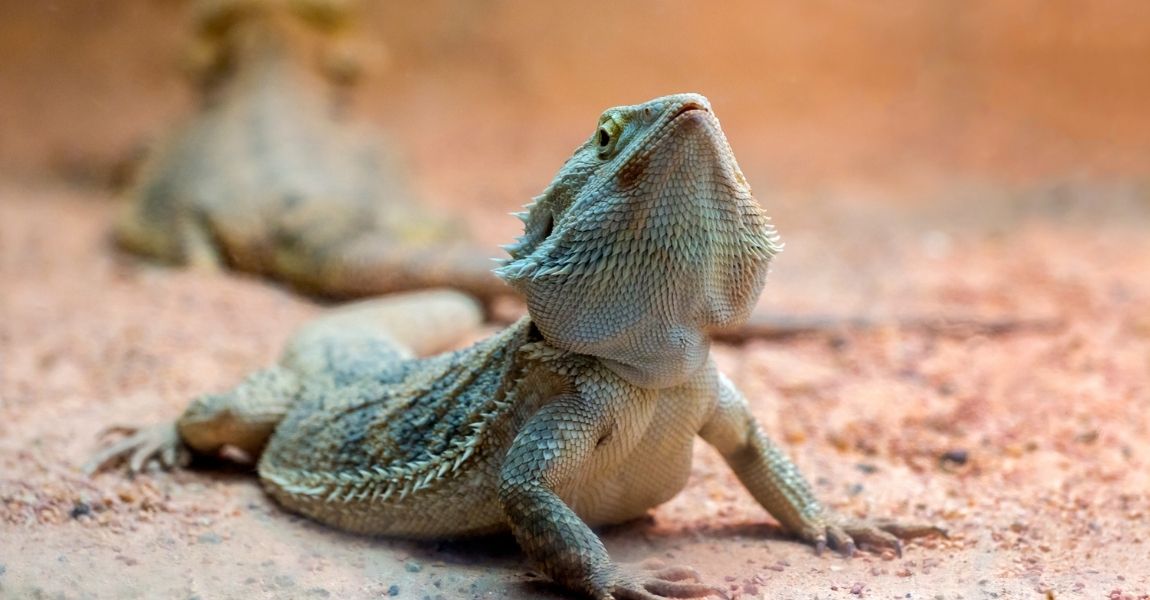A Step-by-Step Guide to Bathing Your Pet Alpaca
Introduction:
Bathing your pet alpaca is an important aspect of their grooming routine. It not only keeps them clean and fresh but also promotes their overall health and well-being. While bathing an alpaca may seem like a challenging task, following a step-by-step process can make the experience enjoyable for both you and your furry friend. In this article, we will guide you through the necessary steps to successfully bathe your pet alpaca.
Step 1: Prepare the Bathing AreaBefore you begin the bathing process, it's crucial to select a suitable location. Look for an area with a non-slip surface, such as a rubber mat or grassy area. Alpacas can be skittish, so choose a calm and enclosed space that will help them feel secure during the bath. Make sure you have access to a water source and all the necessary bathing supplies.
Step 2: Gather the SuppliesCollect all the required supplies before bringing your alpaca to the bathing area. You will need a hose or buckets of warm water, alpaca-specific shampoo, a sponge or soft brush, a towel, and any additional grooming tools you may prefer, such as a detangler or conditioner. It's essential to use shampoo specifically formulated for alpacas to avoid skin irritation.
Step 3: Secure and Comfort Your AlpacaAlpacas can be sensitive and cautious, so it's important to handle them gently and make them feel comfortable. If possible, enlist the help of a second person to assist you during the bath. Approach your alpaca calmly and use a halter or lead rope to secure them in place. Talk soothingly and provide gentle strokes to help them relax before the bath.
Step 4: Wet the Alpaca's CoatUsing the hose or a bucket, wet your alpaca's coat thoroughly, starting from the neck and working your way down to the tail. Be cautious not to spray water directly into their face or ears, as it may cause discomfort. Ensure the water is warm, but not too hot, as alpacas are sensitive to temperature changes.
Step 5: Apply Alpaca-Specific ShampooDilute the alpaca shampoo according to the manufacturer's instructions. Gently apply the shampoo to your alpaca's damp coat, focusing on areas that require extra attention, such as stained or dirty spots. Use your hands, a sponge, or a soft brush to work the shampoo into a lather, ensuring it reaches the skin. Take care to avoid getting shampoo in their eyes, nose, or mouth.
Step 6: Rinse ThoroughlyOnce you've lathered the entire coat, rinse your alpaca thoroughly to remove all the shampoo. Use the hose or buckets of clean water to rinse from the neck down, ensuring there is no residue left behind. Take your time and make sure all the shampoo is washed away, as any leftover product may cause skin irritation.
Step 7: Towel Dry and GroomAfter rinsing, use a clean, dry towel to gently pat your alpaca's coat and remove excess water. Avoid vigorous rubbing, as it may tangle the fleece. If needed, use a detangler or conditioner specifically formulated for alpacas to keep their coat soft and manageable. Once the coat is mostly dry, use a soft brush to gently fluff and separate the fleece fibers.
Step 8: Provide Post-Bath ComfortAfter the bath, lead your alpaca to a clean, dry area where they can fully dry off and relax. Ensure they have access to fresh water, as bathing can be a tiring experience. Monitor their condition and make sure they are warm and comfortable. If the weather is chilly, consider providing a warm blanket or shelter until they are completely dry.
Conclusion:Bathing your pet alpaca is an important part of their grooming routine and helps maintain their overall hygiene and well-being. By following a step-by-step process, you can ensure a successful and enjoyable bathing experience for both you and your alpaca. Remember to handle your alpaca with care, use alpaca-specific products, and provide post-bath comfort. With regular baths, your alpaca will not only look and smell great but will also feel happy and healthy.




